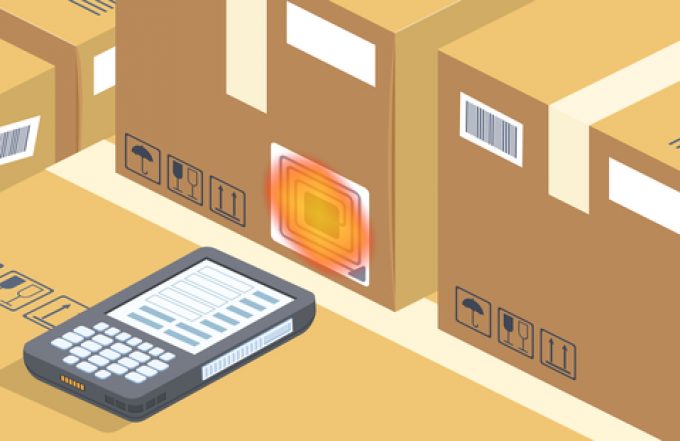After DSV 'cuts the cake' on Schenker acquisition, time for redundancies?
Denmark’s DSV has formally closed its €14.3bn ($16.14bn) acquisition of DB Schenker – the biggest ...

The success of ’smart’ labels hinges on mass adoption to bring prices from unsustainably high levels.
Scaling up production will bring down the cost dramatically, it is expected, although this may not happen fast enough – or may be too siloed – to support mass adoption ...
Keep our news independent, by supporting The Loadstar
Explosions and 'out-of-control' fire reported on Wan Hai box ship
Red Sea crisis has driven most new capacity into extended Asia-Europe trades
Carrier price hikes hold, driving spot rates higher as space gets scarcer
Crew forced to abandon ship in latest fire on vessel carrying EVs
The Loadstar Podcast | Transport Logistic and Air Cargo Europe 2025
Four crew members still missing as Wan Hai 503 continues to burn
Asia-West Africa ULCV deployment opens new markets for carriers

Comment on this article